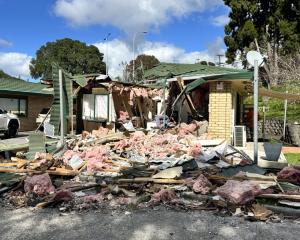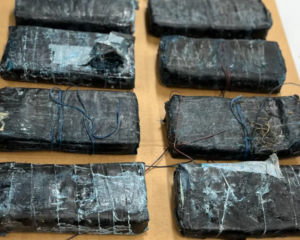Human remains found in Aoraki-Mt Cook National Park could solve a 42-year-old mystery, park rangers say.
Canterbury police search and rescuers recovered human remains from the Tasman Glacier area of Aoraki-Mt Cook National Park, only weeks after the discovery of a set of human remains nearby last month.
Two Spanish climbers made the most recent discovery last week.
Department of Conservation (DoC) ranger Shirley Slatter believes the latest remains are probably those of a 19-year-old man from the South Island who went missing after an avalanche near the top of the glacier on September 16, 1973.
Records show he and a 64-year-old companion had been walking from a ski plain to the Tasman Saddle hut when a cornice collapsed above them and swept them away.
Searchers found the older companion but never found the younger man.
"We presume it's that person, but until police release a name, we can't say who it is," Ms Slatter said.
Climbing guides made the first grisly discovery last month, and the remains were retrieved on February 20.
There are 62 bodies still missing in the national park.
Canterbury police rural area commander Inspector David Gaskin said all human remains recovered by police were referred to the coroner to make a determination on the identity and, if possible, the cause of death.
He would not speculate as to the identity of either of the victims.
"The two discoveries are from separate incidents and are unrelated," Mr Gaskin said.
He said Canterbury police and the coroner made every effort to formally identify the human remains and employed a variety of techniques including DNA testing.
It's understood that DNA has been recovered from both remains.
"We work closely with the families of those missing and hope one day to give them closure when their loved one is recovered and identified," Mr Gaskin said.
"The low snow fall over the winter coupled with the warmer temperatures could explain why remains are being found more often this year."
Ms Slatter said glaciers tended to push rocks and other items upwards, as well as down the slope.
Bodies can be "quite preserved" after being frozen under the ice, she said.
Often, bodies were not recovered complete, but scraps of clothing and DNA could provide coroners with enough clues to work from.
"For us, it solves the puzzle, so it's quite exciting," Ms Slatter said.
- NZ Herald













